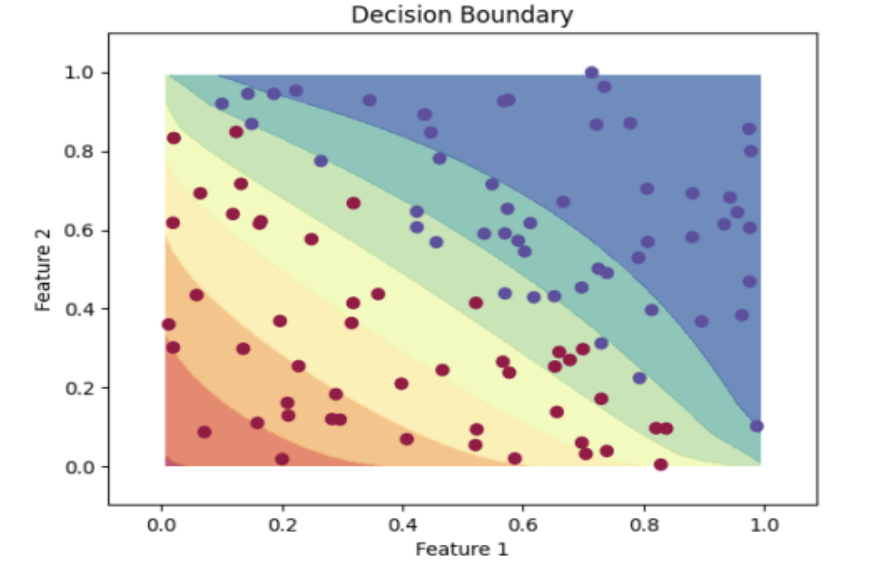SK Sayril Amed from Bhagwan Mahavir University, India, has conducted research into the potential of quantum enhanced neural networks for binary classification. The study explores quantum feature encoding, the architecture of quantum enhanced neural networks, and experiments on synthetic data. The research introduces a quantum circuit feature map to encode classical data points into quantum states. The architecture of the quantum enhanced neural network includes two dense layers. The study provides an analysis of the network’s performance, including visualizations and comparisons with a classical neural network. Future research will explore more complex quantum feature maps and real-world datasets.
Quantum Enhanced Neural Networks for Binary Classification
The research conducted by SK Sayril Amed from the Department of CSE at Bhagwan Mahavir University, India, explores the potential of quantum enhanced neural networks for binary classification. The study delves into the quantum feature encoding process, the architecture of quantum enhanced neural networks, and extensive experiments on synthetic data. It also discusses implications and future directions in this emerging field.
Quantum Feature Encoding: Bridging Classical and Quantum Worlds
The research introduces the concept of a quantum circuit feature map to bridge the classical and quantum realms. This approach encodes classical data points into quantum states using a quantum circuit. The quantum circuit consists of two qubits, each subjected to the Rx gate. The encoding process involves transforming classical data into quantum states. Classical data is encoded into quantum states by applying the quantum circuit to each data point. The quantum state is simulated using the statevector simulator, and the real components are assembled into a feature vector. The quantum feature matrix F is obtained by extracting the real components of the state vector.
Quantum Enhanced Neural Network Architecture
The architecture of the quantum enhanced neural network comprises two dense layers. The first layer consists of four neurons with ReLU activation functions, followed by a single output neuron with a sigmoid activation function. The neural network model is compiled using binary cross entropy loss and the Adam optimizer. Training utilizes the quantum enhanced features extracted from the data.
Future Directions and Challenges
While this research provides a promising proof of concept, numerous avenues for future exploration exist. These include investigating more complex quantum feature maps, applying the approach to real-world datasets, and exploring quantum hardware implementations. Addressing challenges such as quantum noise and error correction in practical quantum computing environments will be essential for further advancements in this field.
Conclusion
The research explores the synergy between quantum computing and classical machine learning through the development of quantum enhanced neural networks. By encoding classical data into quantum states and integrating them into a neural network, improved binary classification performance has been demonstrated. The quantum advantage in feature extraction has been evident in the experiments.
The article titled “Quantum-Enhanced Neural Networks for Binary Classification: Leveraging Quantum Features to Improve Machine Learning” was published in the International Research Journal of Modernization in Engineering Technology and Science on February 3, 2024. The article’s author have explored the potential of quantum features in enhancing the performance of neural networks for binary classification. The detailed insights and findings of the study can be accessed through the DOI: 10.56726/irjmets48969.

